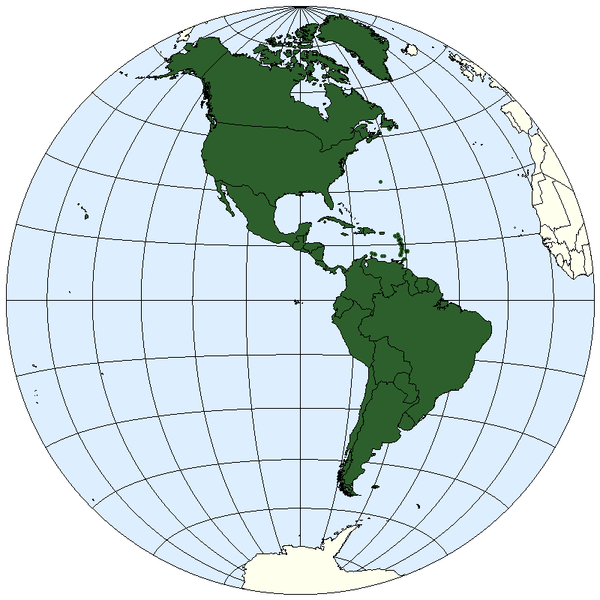Just a little over a week after the report of the first imported Zika virus infection in Mexico, health authorities have confirmed the first autochthonous, locally acquired cases of the mosquito borne viral infection.

Public domain image/ E Pluribus Anthony
According to a report in the Nacional Thursday (computer translated), Health Secretary, Dr. Mercedes Juan López said two confirmed indigenous cases were reported in Chiapas and Nuevo Leon. “Yes I want to unfortunately inform that we now have two cases of native Zika already confirmed,” she said during his speech at the opening of the 12th Annual National Meeting of the National Health Council in Merida.
In Paraguay, six indigenous Zika cases were reported in the city of Pedro Juan Caballero, notes Deputy Health Minister Maria Teresa Baran in a Paraguay.com report Friday (computer translated). Minister Baran also said there are other suspected Zika patients in the cities of Ciudad del Este and Concepción.
More than two weeks ago, we reported on a suspect Zika virus case in El Salvador. On Thursday, Spanish-language news source, El Nacional reported three positive Zika virus samples that were confirmed by the US Centers for Disease Control and Prevention (CDC) in Ft. Collins. A total of ten samples were sent to the CDC laboratory.
This is a disease that was introduced in America via Easter Island in 2014 and later appeared in Brazil and this year. Colombia and Suriname have also reported local transmission if Zika.
Zika virus is transmitted to human through the same mosquito vector that transmits dengue and chikungunya, the Aedes mosquito.
Zika virus (ZIKV) is a flavivirus related to yellow fever, dengue, West Nile, and Japanese encephalitis viruses; however, ZIKV produces a comparatively mild disease in humans. It was first isolated from an infected rhesus monkey in the Zika Forest of Uganda in 1947.
Until recently, it was relatively rare to see ZIKV outside of Africa and Asia. The virus is transmitted to humans via mosquitoes of the genus Aedes.
Information regarding pathogenesis of ZIKV is scarce but mosquito-borne flaviviruses are thought to replicate initially in dendritic cells near the site of inoculation then spread to lymph nodes and the bloodstream.
Symptoms may include a headache, a maculopapular rash covering the face, neck, trunk, and upper arms,which may spread to the palms and soles. Transient fever, malaise, and back pain may also develop.
Robert Herriman is a microbiologist and the Editor-in-Chief of Outbreak News Today and the Executive Editor of The Global Dispatch
Follow @bactiman63
Related:


5 thoughts on “Mexico, Paraguay and El Salvador: Zika virus spreads in the Americas”